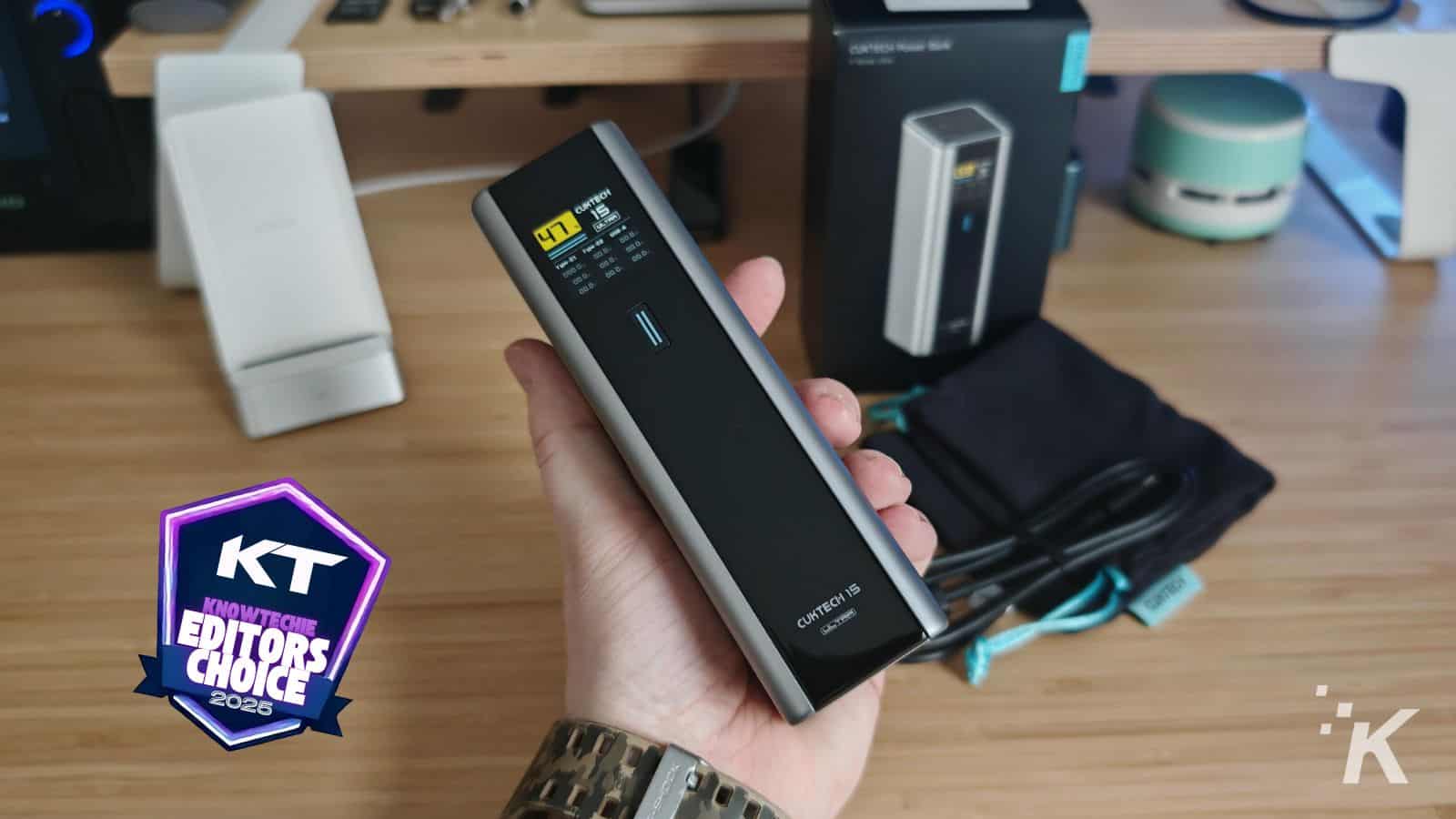

Crypto
Trump’s DOJ just gave crypto bros the keys to the digital kingdom
The administration is telling the DOJ to zero in on individual scammers, crypto-funded terrorism, drug and human trafficking, hacking, and cartel financing.
-


Crypto
/ 4 months agoMan who lost $800M in bitcoin plans landfill purchase to find it
A man who lost $800 million in Bitcoin is considering a bold move to buy the landfill where it was lost,...
-


Crypto
/ 5 months agoTop 4 crypto payment solutions that integrate with Apple Pay
Whether you're looking for versatility or value, these providers could redefine how you pay with crypto on a daily basis.
-


Crypto
/ 6 months agoDon’t like RedotPay? Check these crypto credit card alternatives
This article is your treasure map to five RedotPay alternatives. We’ll break down their features, pros, and cons so you can...
-


Crypto
/ 2 years agoJury finds Sam Bankman-Fried guilty of billion-dollar fraud
The seven charges could potentially lead to a sentence of 115 years in prison for Bankman-Fried.
-


-


-


Crypto
/ 3 years agoProof-of-stake: What does it mean in Bitcoin?
The proof-of-stake is a validating mechanism just like the PoW that blockchains use.
-


Crypto
/ 3 years agoWhy was Kim Kardashian fined more than $1 million by the SEC?
Kim Kardashian has reportedly neither admitted nor denied the reports.
-


Crypto
/ 3 years agoThe experience NFT tickets offer
NFT tickets open up countless opportunities to improve fan experiences while also creating opportunities for all the parties involved.
-


Crypto
/ 3 years agoHow people create Bitcoin
Bitcoin mining is a process that validates and verifies transactions to the blockchain and, is also a way people can use...
-


Crypto
/ 3 years agoHow to protect Bitcoin against hacks and theft
Knowing how to store your Bitcoin safely minimizes the loss of your funds and boosts your investment prosperity.
-


Crypto
/ 3 years agoKim Kardashian has to pay $1.26m for unlawfully promoting crypto
All of this comes from an Instagram Story promoting Ethereum Max.
-


Crypto
/ 3 years agoDid a stranger send you a private crypto key? It’s probably a scam
If it sounds too good to be true...
-


Crypto
/ 3 years agoMyria launches zero gas fee carbon-neutral L2 blockchain gaming ecosystem
Myria L2 allows you to create a wallet with one click, mint, trade, and transfer NFTs instantly with zero gas fees...
-


Crypto
/ 3 years agoChingari launches Creator Cuts, first video NFT marketplace
Chingari allows you to create, mint, buy, sell and trade your original video clips as NFTs on Creator Cuts using the...
-


Crypto
/ 3 years agoGameStop’s NFT marketplace is now live, but does anyone care?
GameStop continues to be behind the curve.
-


Crypto
/ 3 years agoReddit opens its NFT marketplace for avatars
90 initial designs are up for grabs.
-


Crypto
/ 3 years ago30 must-know cryptocurrency and NFT terms
Once you know the lingo, you’ll be ready to ape in, spread some FUD, and maybe even go to the moon.
-


Crypto
/ 3 years agoFBI lists notorious crypto fraudster on its 10 most-wanted list
In addition to the FBI, EUROPOL lists Ignatova in its "Europe's Most Wanted" list, offering €5,000 for information on the fugitive.











































